According to reports from Electronic Enthusiasts (by Huang Jingjing), AMD has announced the launch of the fifth generation AMD EPYC Embedded processor, expanding its x86 embedded processor product line.The AMD EPYC Embedded 9005 series CPUs are optimized for the embedded market, achieving a balance between computing power and specially designed embedded features, enhancing product lifespan, system resilience, and the convenience of embedded application development.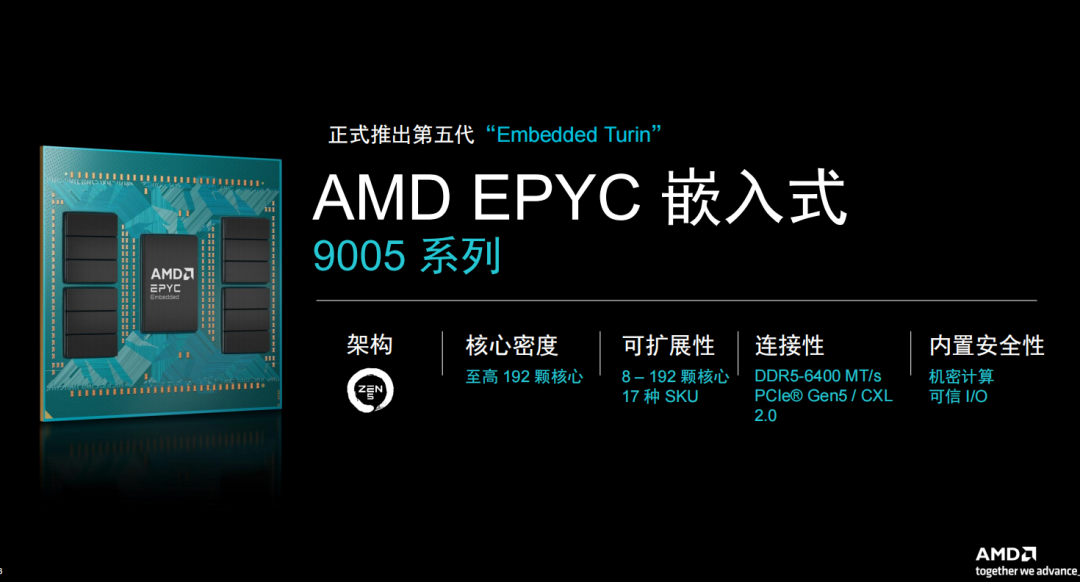 This processor utilizes the mature Zen 5 architecture, providing leading performance and energy efficiency, enabling network, storage, and industrial edge systems to process more data faster and more efficiently.
This processor utilizes the mature Zen 5 architecture, providing leading performance and energy efficiency, enabling network, storage, and industrial edge systems to process more data faster and more efficiently.
AI Workloads Drive Embedded Computing Upgrades
The reason AMD launched the EPYC Embedded 9005 series CPUs for the embedded market is primarily due to three trends observed in the future of embedded computing.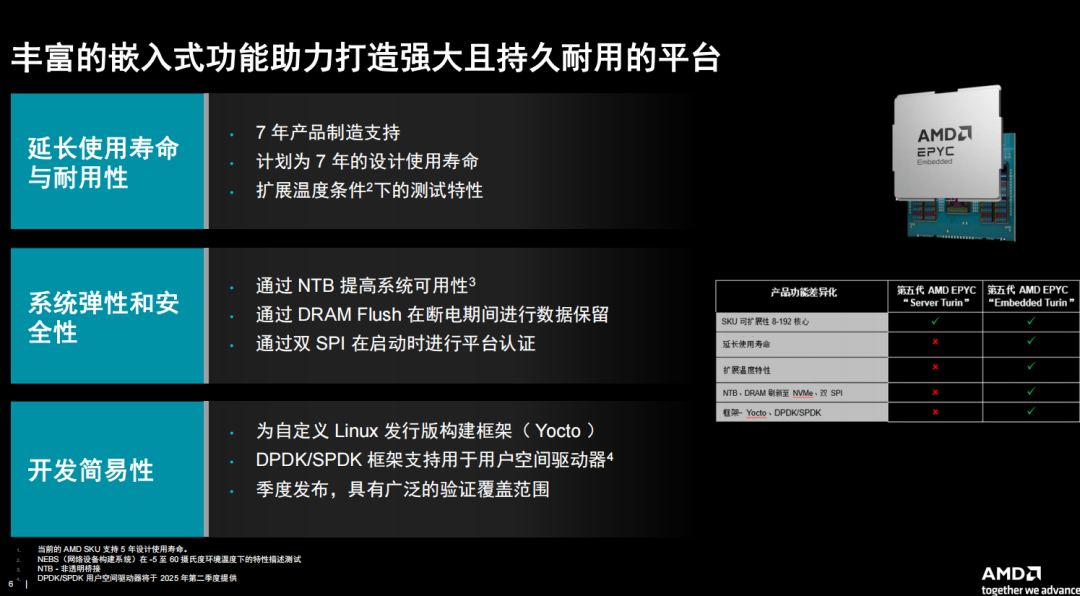 According to Tarang Shah, Senior Product Manager of AMD Embedded x86 Products, driven by artificial intelligence, workloads, and applications, network traffic has significantly increased, leading to a substantial rise in data processing demands. Some research institutions predict that in the next five years, network traffic will increase by 120% due to AI workloads, necessitating technologies for high throughput, low latency, and very high energy-efficient data processing and transmission.At the same time, the growth in traffic has also driven the demand for data storage, which is expected to grow by 20% over the next five years, and this trend will continue. Data storage not only requires scaling but also needs optimization in access methods to enable real-time data analysis and computation. Therefore, higher requirements are placed on I/O connectivity and computing power.Additionally, the demand for computing in industrial edge environments is exploding. In industrial settings, data must be processed in real-time; for example, many sensors and edge devices need to process massive amounts of data locally to support real-time decision-making, which raises the requirements for computing performance and energy consumption.
According to Tarang Shah, Senior Product Manager of AMD Embedded x86 Products, driven by artificial intelligence, workloads, and applications, network traffic has significantly increased, leading to a substantial rise in data processing demands. Some research institutions predict that in the next five years, network traffic will increase by 120% due to AI workloads, necessitating technologies for high throughput, low latency, and very high energy-efficient data processing and transmission.At the same time, the growth in traffic has also driven the demand for data storage, which is expected to grow by 20% over the next five years, and this trend will continue. Data storage not only requires scaling but also needs optimization in access methods to enable real-time data analysis and computation. Therefore, higher requirements are placed on I/O connectivity and computing power.Additionally, the demand for computing in industrial edge environments is exploding. In industrial settings, data must be processed in real-time; for example, many sensors and edge devices need to process massive amounts of data locally to support real-time decision-making, which raises the requirements for computing performance and energy consumption.
Three Key Features of AMD EPYC Embedded 9005
The embedded features supported by the AMD EPYC Embedded 9005 series CPUs can be categorized into three main areas: extended lifespan, system resilience and security, and ease of application development.Among them, the support for extending the product lifecycle to seven years helps avoid the need for redesign, better protecting customer investments. At the same time, it maintains product reliability and durability, ensuring more reliable operational performance throughout the extended lifecycle.Embedded applications require higher system availability and data retention; therefore, the AMD EPYC Embedded 9005 series CPUs have added many features, including NTB (Non-Transparent Bridging), DRAM Flush, and dual SPI (Dual Serial Peripheral Interface). The NTB feature enhances system availability with higher redundancy to ensure fault tolerance and multi-node configurations. Additionally, DRAM Flush retains data even during power outages. The dual SPI allows customers to perform secure bootloading, verifying the platform during this process to ensure the execution environment is trustworthy and secure.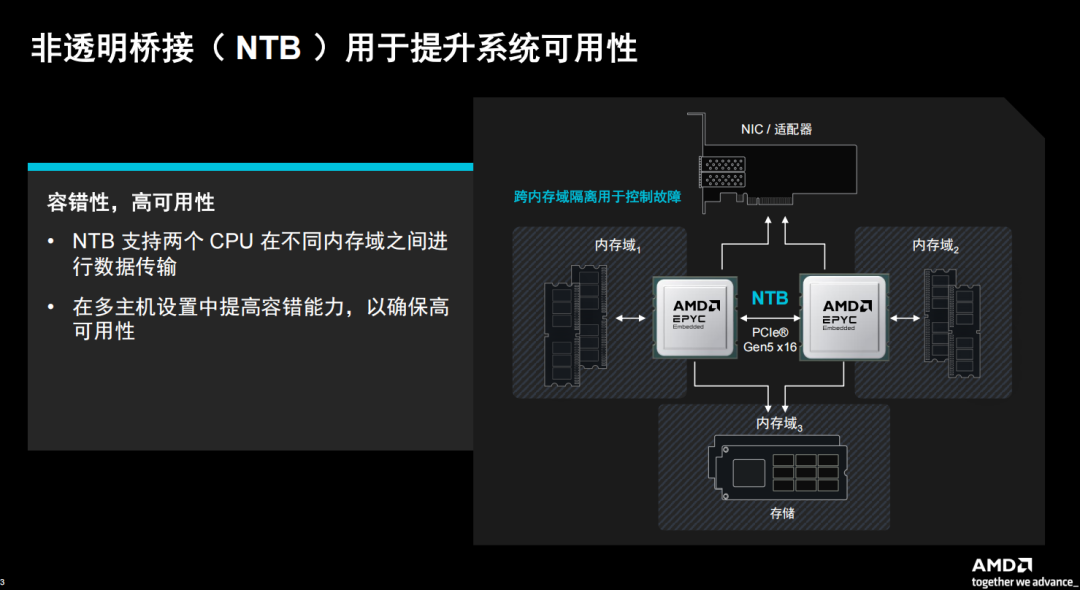
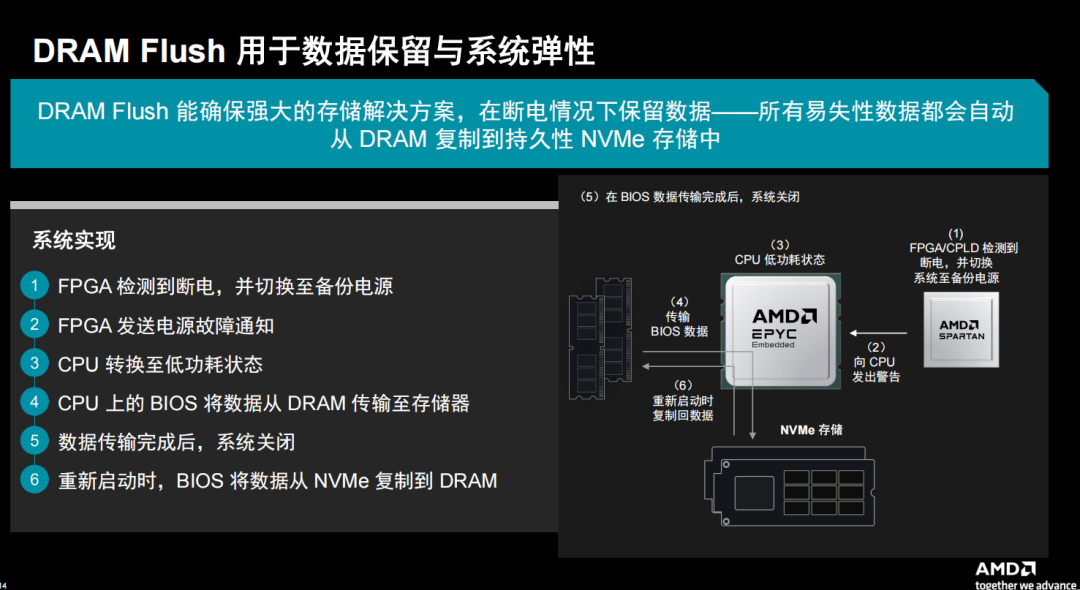 It also features a significantly simplified application software development process, supporting the Yocto framework and DPDK/SPDK, which are the Data Plane Development Kit and Storage Performance Development Kit. With quarterly releases and a wide range of validation, it accelerates time-to-market for applications. The support for Yocto, DPDK/SPDK, and other software is unique to this processor.The Yocto framework is a widely used framework that allows customers to customize Linux configurations to better meet their software application needs. DPDK/SPDK can greatly enhance system performance by allowing data processing to occur in user space rather than kernel space.
It also features a significantly simplified application software development process, supporting the Yocto framework and DPDK/SPDK, which are the Data Plane Development Kit and Storage Performance Development Kit. With quarterly releases and a wide range of validation, it accelerates time-to-market for applications. The support for Yocto, DPDK/SPDK, and other software is unique to this processor.The Yocto framework is a widely used framework that allows customers to customize Linux configurations to better meet their software application needs. DPDK/SPDK can greatly enhance system performance by allowing data processing to occur in user space rather than kernel space.
Significant Advantages in Computing Power and Energy Efficiency
The AMD EPYC Embedded 9005 series processors are designed to support single-socket, compute-intensive embedded systems with 8 to 192 cores. Its industry-leading core density provides up to 1.3 times and 1.6 times data processing throughput improvements for network and storage workloads, respectively, making it highly suitable for network and security firewall platforms, storage systems, and industrial control applications.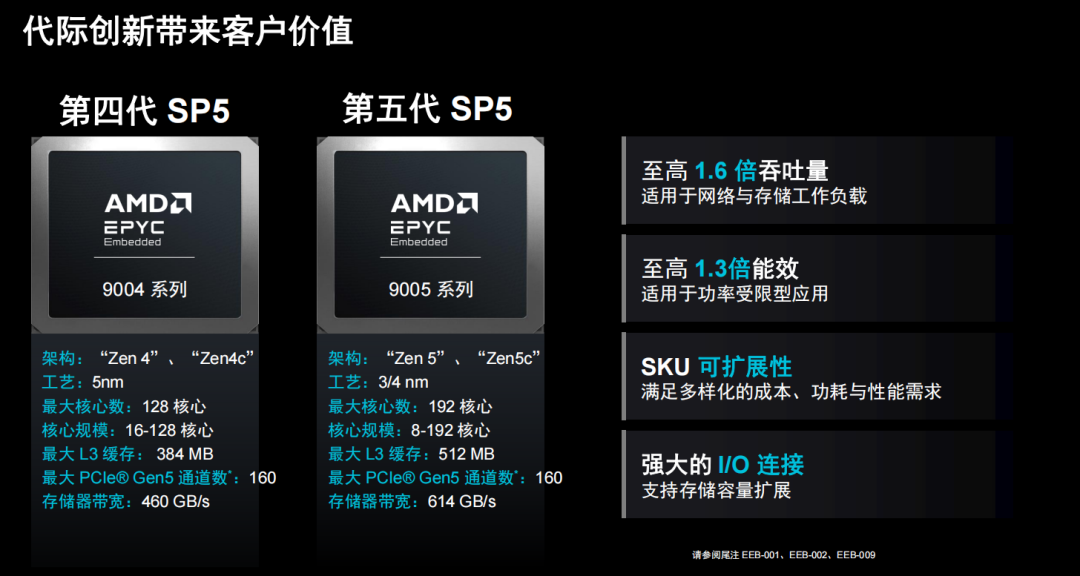 For example, in firewall applications, as network traffic continues to rise, higher throughput allows the processor to process larger data packets in real-time without slowing down traffic. Additionally, in higher throughput environments, storage controllers can reduce the read/write time required to write to storage memory.The new Zen 5c core architecture provides higher throughput and better energy efficiency, with single-socket throughput expected to improve by 1.3 times and performance/power ratio expected to increase by 1.3 times compared to competitors.In terms of I/O connectivity, each socket supports up to 6TB of DDR5 memory capacity and expanded I/O connectivity, supporting up to 160 PCIe Gen5 lanes and CXL 2.0, enabling storage capacity expansion and high-speed data transfer for network and storage applications.Furthermore, this processor can work in conjunction with GPUs and FPGAs; for instance, in large language model processing, the AMD EPYC Embedded 9005 combined with a GPU can serve as a host processor, with the CPU passing data to the AMD GPU for large language model inference. Meanwhile, AMD’s FPGA can assist in logic control while the EPYC Embedded 9005 is in low power mode.It can be seen that the AMD EPYC Embedded 9005 series possesses excellent computing capabilities of server-class chips while meeting the demands of embedded applications for longevity, system resilience, and security. It is reported that samples of the AMD EPYC Embedded 9005 series processors are currently being provided to early customers, with mass production expected to begin in the second quarter of 2025.
For example, in firewall applications, as network traffic continues to rise, higher throughput allows the processor to process larger data packets in real-time without slowing down traffic. Additionally, in higher throughput environments, storage controllers can reduce the read/write time required to write to storage memory.The new Zen 5c core architecture provides higher throughput and better energy efficiency, with single-socket throughput expected to improve by 1.3 times and performance/power ratio expected to increase by 1.3 times compared to competitors.In terms of I/O connectivity, each socket supports up to 6TB of DDR5 memory capacity and expanded I/O connectivity, supporting up to 160 PCIe Gen5 lanes and CXL 2.0, enabling storage capacity expansion and high-speed data transfer for network and storage applications.Furthermore, this processor can work in conjunction with GPUs and FPGAs; for instance, in large language model processing, the AMD EPYC Embedded 9005 combined with a GPU can serve as a host processor, with the CPU passing data to the AMD GPU for large language model inference. Meanwhile, AMD’s FPGA can assist in logic control while the EPYC Embedded 9005 is in low power mode.It can be seen that the AMD EPYC Embedded 9005 series possesses excellent computing capabilities of server-class chips while meeting the demands of embedded applications for longevity, system resilience, and security. It is reported that samples of the AMD EPYC Embedded 9005 series processors are currently being provided to early customers, with mass production expected to begin in the second quarter of 2025.

Disclaimer: This article is originally from Electronic Enthusiasts, please indicate the source above when reprinting. For group discussions, please add WeChat elecfans999,for submission of interview requests, please send an email to [email protected].
Read More Hot Articles
-
Unveiling NVIDIA’s Strongest Chip! Blackwell Ultra, Rubin Chip Debuts, New Robot Takes Center Stage
-
Breaking News! Huada Jiutian Plans to Acquire Core Semiconductor, Domestic Semiconductor Industry Sparks M&A Wave
-
Is HBM No Longer the Main Battlefield? 256TB, QLC, Enterprise-Level… Flash Memory Shakes AI Storage
-
3.15 Evening Show Exposed! Home Appliance Platforms “Unnecessary Repairs for Minor Issues; Major Repairs for Minor Problems”; AI Used in Black Market…
-
Automotive-Grade RISC-V MCU Ignites Market! Leading Companies Enter the Fray, Market Accelerates Reshuffle
Click to Follow and Star Us
Set us as a star to not miss any updates!